What’s Oden?
Oden is perhaps one of Japan’s favorite wintertime treats. After all, what could be better than enjoying a warm, comforting meal on a chilly evening? In its most basic form, oden consists of skewered ingredients left to marinate in a dashi, or Japanese stock broth. The ingredients and how the dashi is prepared can differ greatly across Japan.
What is Shizuoka Oden then?
Though many regions of Japan claim to have delectable oden, Shizuoka City in Shizuoka Prefecture is (quite literally) the dark horse when it comes to oden. Shizuoka oden is known for having a much darker dashi broth than your typical oden stock, as it is enriched with beef and soy sauce which gives it a much richer flavour than its milder Kanto or Kansai area counterparts. The oden is then sprinkled with powdered ground fish and seaweed, served with a dollop of spicy mustard.
The skewered oden ingredients are varied, but some of the more prominent ones found in Shizuoka-style oden are detailed below.
Choices for Shizuoka Oden:
- Daikon (大根): Japanese radish. This vegetable is not only tasty, but also healthy as it is high in vitamin C and low in calories.
- Konnyaku (こんにゃく): Conjac (yam-like plant) jelly. This gelatinous mixture of konjac flour, hijiki (sea vegetable), water and limewater is a very peculiar food for first-timers. No worries though, the flavour is mild, and the texture soft and pleasant for many.
- Yude tamago (ゆで卵): Hard-boiled egg. The egg is left to soak in the broth for a long time, so it is full of flavor.
- Jaga imo (じゃがいも): Boiled potato. Seems boring, but like an egg, it’s an excellent ingredient for maximum flavor absorption.
- Hanpen (はんぺん): Fish and yam paste molded into triangular or circular shapes. Hanpen is generally a Kanto specialty that is not common in all oden shops, so if you see it being offered you should grab the chance and give it a try! Shizuoka is famous for kuro hanpen, or “black hanpen”, due to its darker, gray color caused by the use of whole sardines.
- Kinchaku (巾着): Deep-fried tofu shaped to look like small bags. Inside, you will ususally find mochi and a variety of other ingredients. Think of it as an oden goodie bag!
Many other ingredients, such as a variety of tofu products, fish products, and vegetables can also be used as oden ingredients. Half the fun of oden is trying as many different types as you can deciding on your favourites. So, eat on!
If you are looking to try some of this famed Shizuoka oden, look no further than the Aoba Oden Alley. This small, rustic alleyway is lined with tiny oden shops where you can get your fill of food and booze. The small, tight-knit and friendly ambiance of the locales and their proud owners is sure to warm your heart (and your tummy) even on the windiest of Shizuoka days. The alley is hauntingly beautiful at night, when red lanterns illuminate the sliding doors leading into the oden shops. It is the perfect hidden-gem experience for any foodie or photographer.
[cft format=0]
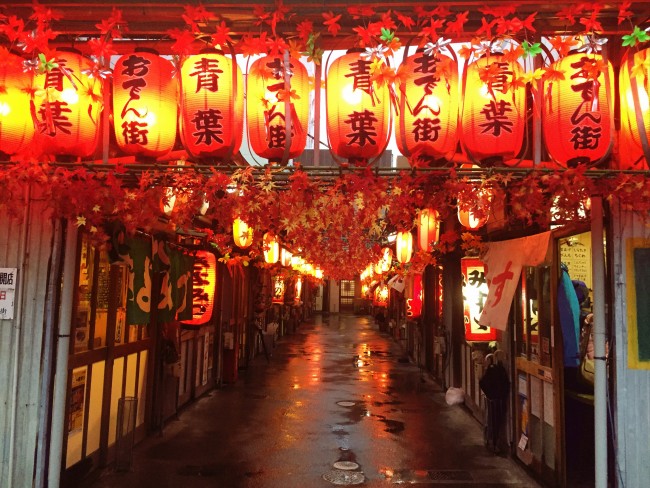
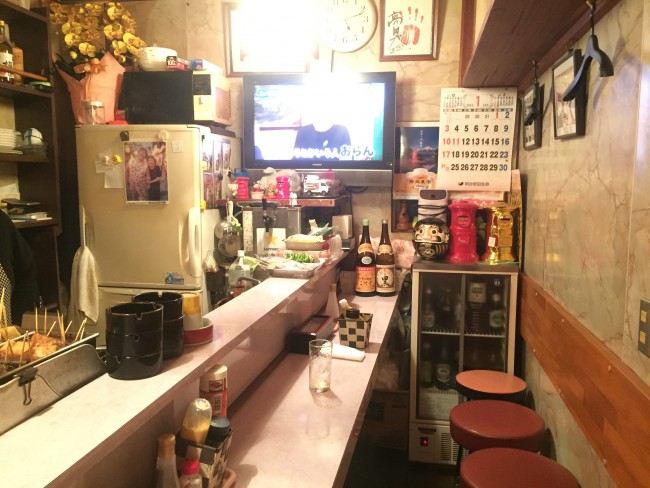
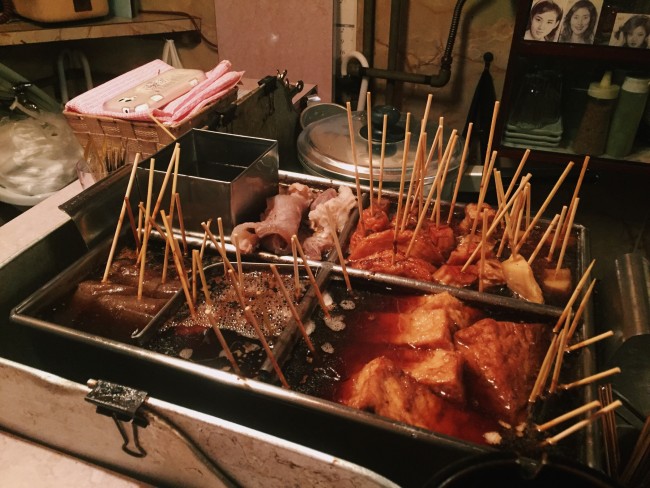
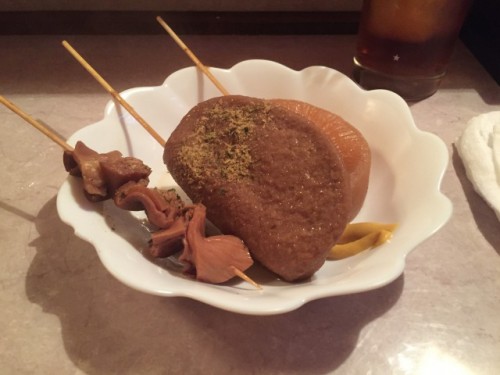
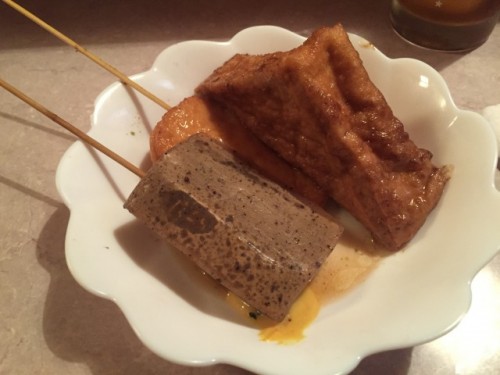
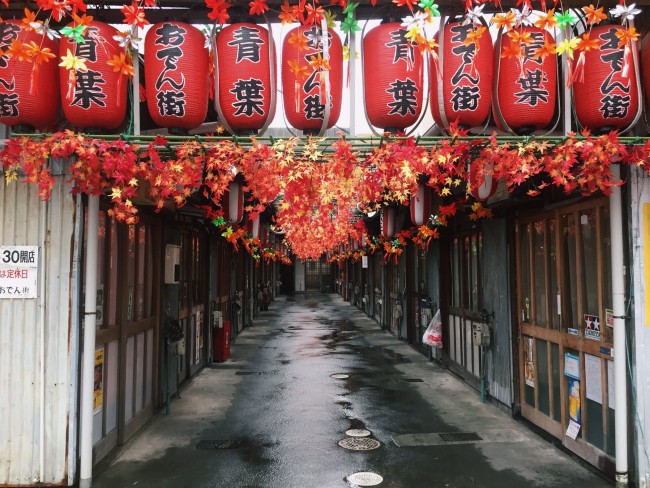
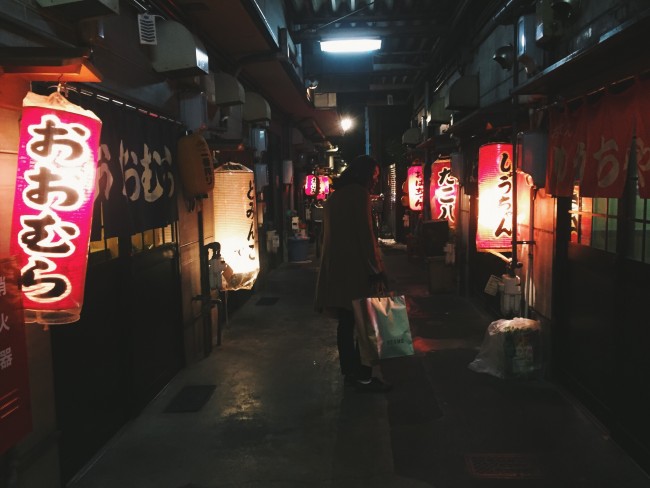
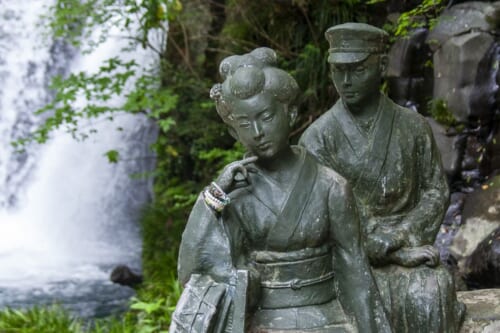
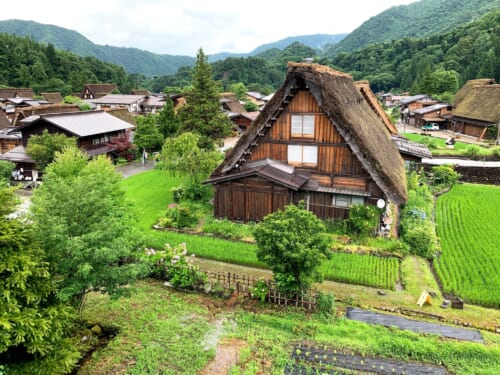

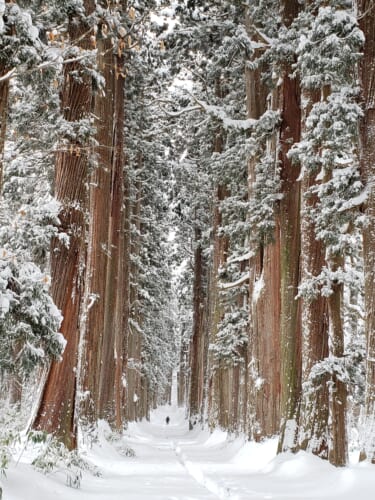

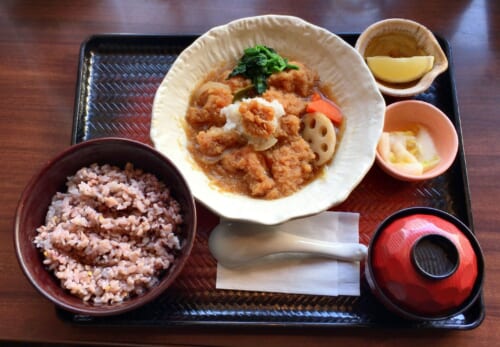

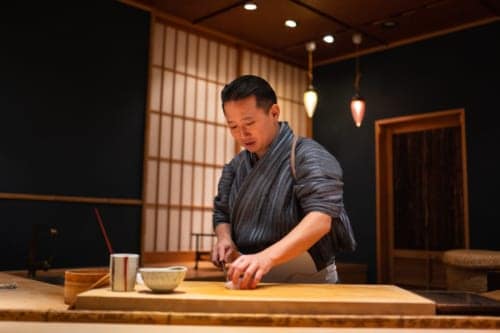
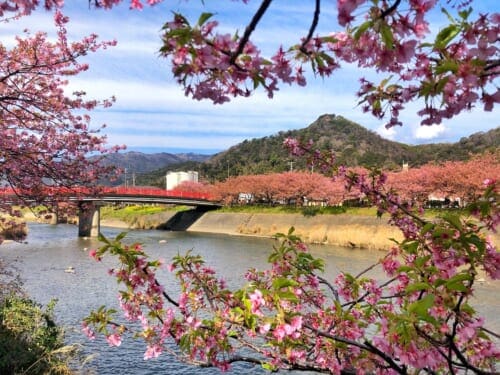
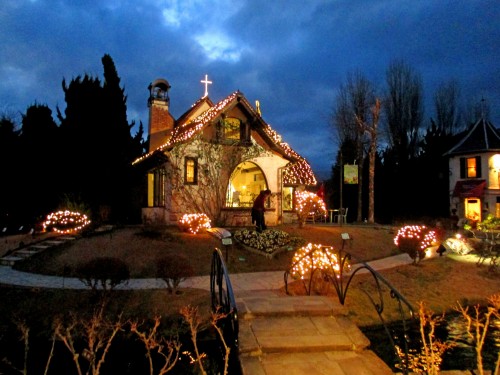


No Comments yet!